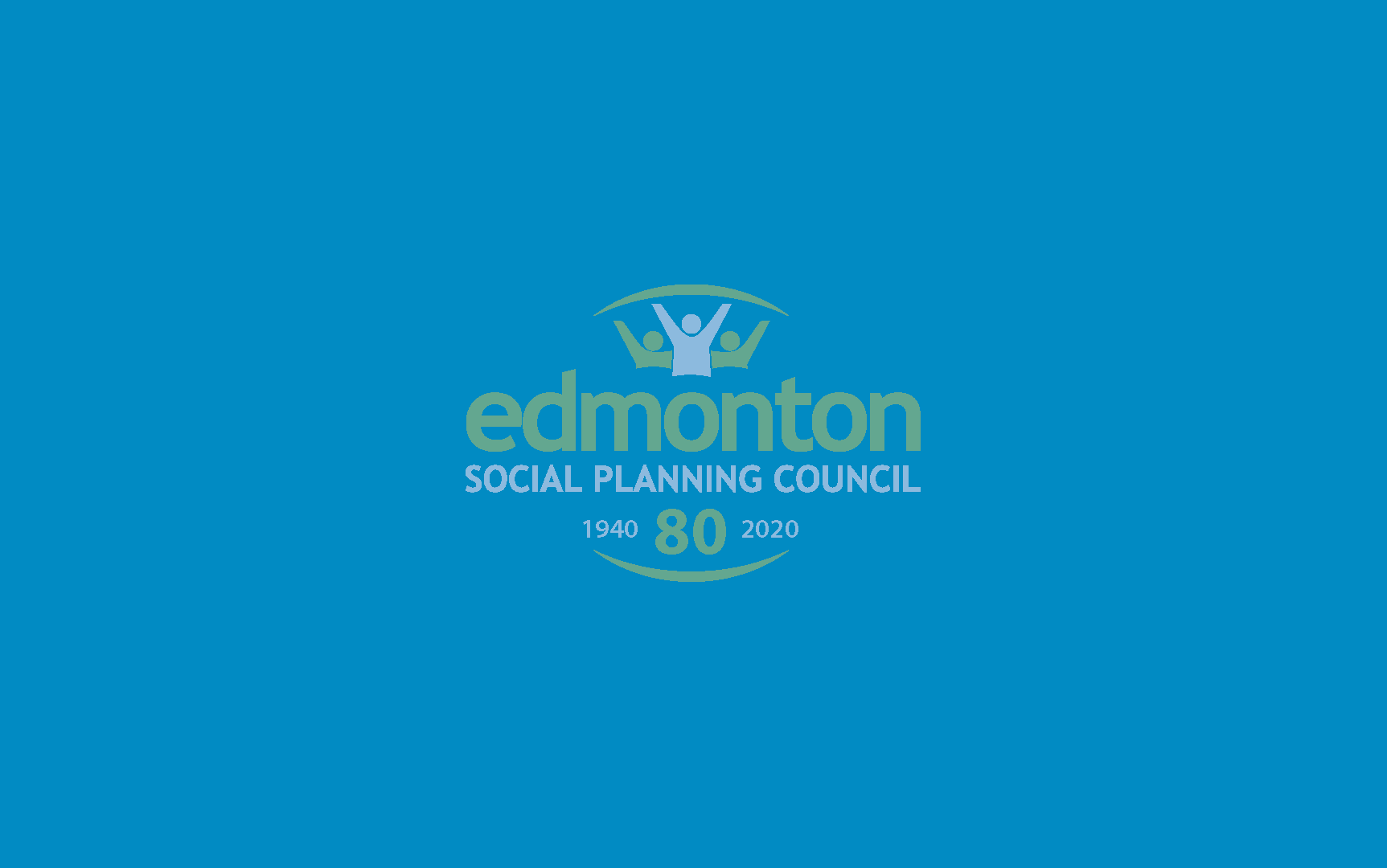Introduction
Child benefits have been demonstrated to be an important tool for alleviating and reducing child poverty. A recent report from UNICEF highlighted that in 15 high-income countries, delivering universal child benefits alone led to a five percentage point reduction in child poverty on average. In light of the economic toll the COVID-19 pandemic is having on low- and middle-income families coupled with recent changes to benefit programs, our fACT Sheet assesses the current state of provincial and federal child benefit programs for Alberta and Canada, respectively.
Alberta Child and Family Benefit: Overview and History
Child benefits in Alberta were initially introduced as the Alberta Working Family Supplement by Premier Jim Prentice in March 2015. At the time, the tax credit would provide working families earning less than $41,220 an annual benefit of $1,100, and an additional $550 for each of the next three children. This was set to take effect July 2016.
When Rachel Notley became premier in May 2015, the program was revamped and implemented as the Alberta Child Benefit (ACB).
This was done in conjunction with an enhanced Alberta Family Employment Tax Credit (AFETC), which provided a maximum annual benefit of $754 for the first child, ranging up to $1,987 for families with four children of more. Families had to earn at least $2,760 in employment income to receive the credit. The “phase out” threshold was $41,250, and families earning above that threshold were to receive less of the credit proportionately to their income, becoming zero when their income reached about $77,000.
In its first year of implementation (2016-2017 benefit year), the ACB reached 245,060 children in 127,345 families while the AFETC reached 359,790 children in 178,745 families. The average annual amounts families received for each benefit were $1,145 and $780, respectively.
In the years following, these benefits were indexed for inflation. By 2019, the maximum benefit for the ACB was $1,155 for one child and $2,886 for four or more children. For the AFETC, families could receive a maximum benefit of $783 per year for one child, and $2,604 for four or more children.
The New Benefit Program
After Jason Kenney became premier in April 2019, his government’s first provincial budget saw the ACB and AFETC combined into a single program called the Alberta Child and Family Benefit (ACFB). The ACFB took effect in July 2020 and provides direct financial assistance on a quarterly basis to low- and middle-income households. The benefit is divided into two components: the base component and the working component. The base component is available to families regardless of employment status and gives up to $1,330 annually for the first child, all the way up to $3,325 for four or more children. This component starts to decrease after families make $24,467 and ends once families make $41,000 in household income. The working component applies to families who make over $2,760 a year, and provides up to $681 annually for the first child, or $1,795 for four or more children. This component starts to drop after families make $41,000 and ends at $61,000 in household income.
What the New ACFB Means for Low-Income Families
The threshold for receiving provincial child benefits drops off drastically at a relatively low-income cut-off, and families who are barely making enough to support themselves will not get sufficient benefits. Once a household income reaches $41,000, a family is no longer eligible for the base component of the ACFB, while the working component simultaneously begins to decrease. This means that a dual income family where both parents work full-time at minimum wage ($15 per hour) would not receive the base component and would see a reduced working component.
In comparison, under the previous ACB and AFETC benefit schemes a dual-income family with two children that made $41,000 would have received $3,187 in benefits, while under the new system they will only receive $1,886. This is a significant reduction in benefits and undermines the progress previously made in alleviating child poverty. Families losing out on government transfer income will likely have to make more employment income to support their families in order to provide a modest existence and reach financial security.
Canada Child Benefit: Overview and History
Child benefits delivered by the federal government have been in existence in some form since 1945. The most recent incarnation is the Canada Child Benefit (CCB), which was introduced by Prime Minister Justin Trudeau in 2016 to replace its predecessor, the Universal Child Care Benefit (UCCB). The UCCB initially provided a taxable $100 per month benefit to every child in the country under the age of six. By 2015, the benefit had increased to $160 per month, just before Justin Trudeau was elected Prime Minister.
Trudeau’s revamped CCB increased federal spending on child benefits, making them more generous for low- and middle-income households, and less generous for higher-income households. At the CCB’s inception, households with an annual income of $30,000 or less received a maximum of $6,400 per year for each child under the age of 6, and $5,400 per year for each child between the ages of 6 and 17. Higher household incomes received progressively smaller benefit amounts, up to a maximum of households earning more than $200,000 annually, which did not receive any benefits. All of those benefits were tax-free.
Since 2016, the CCB has been indexed to inflation to keep up with rising costs of raising children. As of July 2020, the maximum child benefit families receive is $6,765 per child under the age of 6 and $5,708 per child between the ages of 6 and 17.
In the 2018-2019 benefit year, nearly $24 billion in benefits reached more than 3.6 million recipients in Canada. In Alberta, nearly $3 billion in benefits reached over 445,000 recipients in the province.
Recent Developments
As a response to the COVID-19 pandemic, Prime Minister Trudeau issued a number of relief measures to help Canadians financially impacted by the economic downturn caused by the virus. This included a one-time extra payment of $300 to families for each child under the age of 18 allocated via the CCB.
The Trudeau Liberals also campaigned during the 2019 federal election on a pledged 15% increase to the CCB for children under the age of 1, giving families up to $1,000 more annually. Despite their re-election, this campaign pledge has yet to be implemented for the 2020-21 benefit year.
Areas of Concern
While the CCB has been lauded for reducing child poverty across Canada and lifting nearly 280,000 children out of poverty, questions persist about whether further investments are needed to address child poverty during the COVID-19 pandemic. Some advocacy groups, including Campaign 2000, have argued that the one-time $300 top-up to the CCB should be continued for at least the duration of the pandemic and its economic fallout as an important income security tool.
In addition, the distribution of child benefits for both provincial and federal programs to those who qualify is contingent upon filing a tax return. An average of 12% of adult Canadians do not file tax returns (15.3% for Albertans). A large portion of those who do not file are among the most vulnerable populations, with estimates showing that roughly one-third of social assistance recipients do not file taxes. As many as 40% of eligible First Nations families do not receive the CCB. This lag in distribution undermines the intended poverty reduction goals of these programs.
[/et_pb_text][/et_pb_column][et_pb_column type=”1_4″ _builder_version=”4.7.4″ custom_padding=”0px|20px|0px|20px|false|false” border_color_left=”#a6c942″ custom_padding__hover=”|||”][et_pb_testimonial author=”Posted by:” job_title=”@ET-DC@eyJkeW5hbWljIjp0cnVlLCJjb250ZW50IjoicG9zdF9hdXRob3IiLCJzZXR0aW5ncyI6eyJiZWZvcmUiOiIiLCJhZnRlciI6IiIsIm5hbWVfZm9ybWF0IjoiZGlzcGxheV9uYW1lIiwibGluayI6Im9uIiwibGlua19kZXN0aW5hdGlvbiI6ImF1dGhvcl93ZWJzaXRlIn19@” portrait_url=”@ET-DC@eyJkeW5hbWljIjp0cnVlLCJjb250ZW50IjoicG9zdF9hdXRob3JfcHJvZmlsZV9waWN0dXJlIiwic2V0dGluZ3MiOnt9fQ==@” quote_icon=”off” disabled_on=”on|off|off” _builder_version=”4.7.4″ _dynamic_attributes=”job_title,portrait_url” _module_preset=”default” body_text_color=”#000000″ author_font=”||||||||” author_text_align=”center” author_text_color=”#008ac1″ position_font=”||||||||” position_text_color=”#000000″ company_text_color=”#000000″ background_color=”#ffffff” text_orientation=”center” module_alignment=”center” custom_margin=”0px|0px|4px|0px|false|false” custom_padding=”32px|0px|0px|0px|false|false”][/et_pb_testimonial][et_pb_text disabled_on=”on|off|off” _builder_version=”4.7.4″ _dynamic_attributes=”content” _module_preset=”default” text_text_color=”#000000″ header_text_align=”left” header_text_color=”rgba(0,0,0,0.65)” header_font_size=”20px” text_orientation=”center” custom_margin=”||50px|||” custom_padding=”48px|||||”]@ET-DC@eyJkeW5hbWljIjp0cnVlLCJjb250ZW50IjoicG9zdF9jYXRlZ29yaWVzIiwic2V0dGluZ3MiOnsiYmVmb3JlIjoiUmVsYXRlZCBjYXRlZ29yaWVzOiAgIiwiYWZ0ZXIiOiIiLCJsaW5rX3RvX3Rlcm1fcGFnZSI6Im9uIiwic2VwYXJhdG9yIjoiIHwgIiwiY2F0ZWdvcnlfdHlwZSI6ImNhdGVnb3J5In19@[/et_pb_text][/et_pb_column][/et_pb_row][/et_pb_section]

